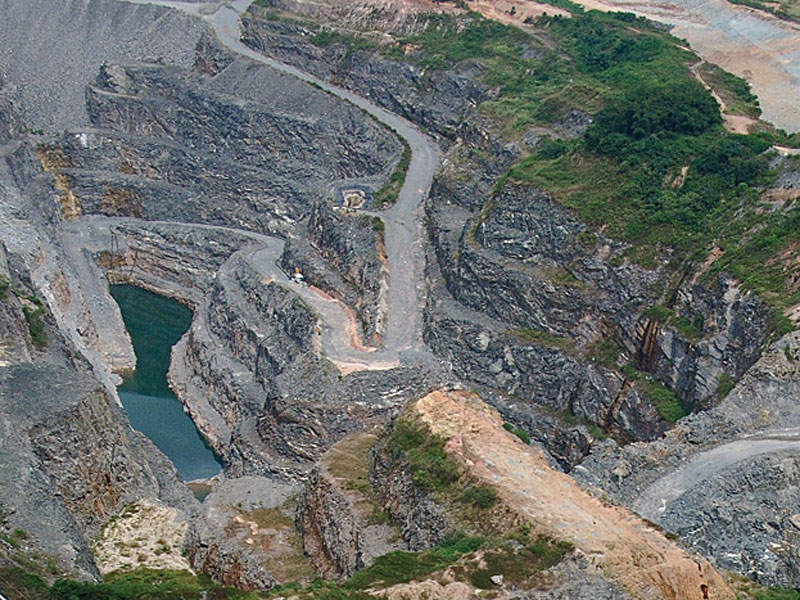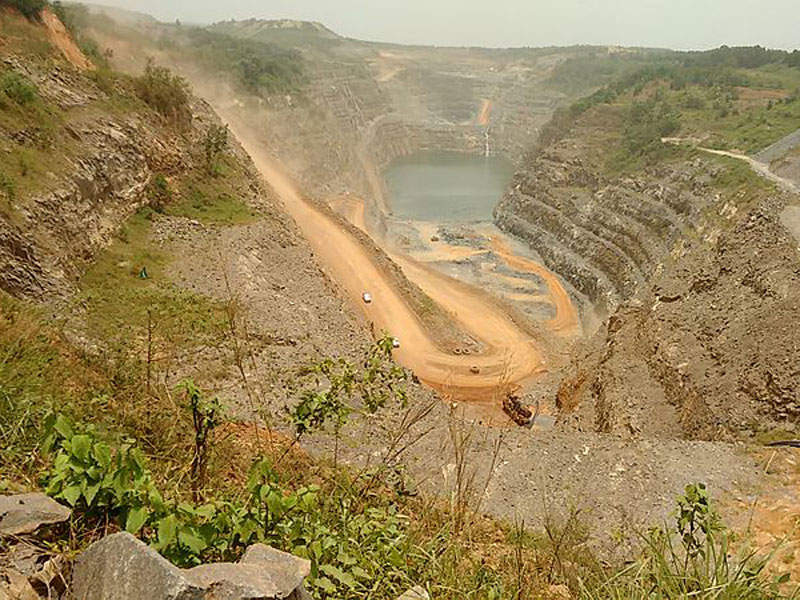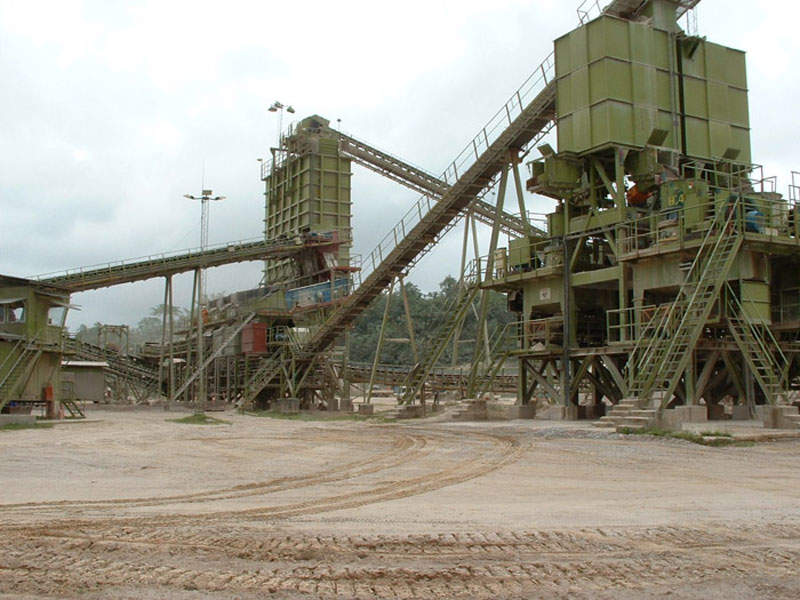Spread across an area of 23,666ha, the Damang Gold mine is located 30km north of Tarkwa in South West Ghana. The mine is owned and operated by Abosso Goldfields (AGL), which is owned by Gold Fields Ghana Holdings (71.1%), IAMGOLD (18.9%) and the Ghanaian Government (10%).
Operational since 1997, the Damang mine produced more than four million ounces (Moz) of gold until it stopped production, due to ore depletion, in 2013.
Gold Fields announced a reinvestment plan to continue operations at the mine in October 2016. The plan, which entails an investment of $4.1bn, will extend the life of mine (LOM) by eight years, from 2017 to 2024.
The mine is anticipated to produce 1.56Moz of gold over its lifetime. The reinvestment plan is expected to result in significant benefits to the local economy, by creating as well as preserving a total of 1,850 jobs.
Geology and mineralisation at Damang
The Damang deposit is located in the Tarkwaian sediments of the stratigraphy of the Ashanti Belt, which is a north-easterly striking, broadly synclinal structure. It is made up of lower proterozoic sediments, and volcanics and metasediments of the Birimian System.
The Tarkwaian is characterised by lower intensity metamorphism and contains coarse-grained, immature sedimentary units, including the kawere series, banket series, Damang phyllite series, and Huni series.
Mineralisation at the mine is hosted within Tarkwaian palaeoplacer deposits in the form of individual tabular quartz pebble conglomerate units (reefs) interlaminated within quartzites and argillaceous sandstone units.
Damang gold mine reserves
As of December 2015, the mine is estimated to hold mineral resources of 79.6 million tonne (Mt) grading 2.20g/t and containing 5.62Moz of gold, whereas the reserves are estimated to be 21.2Mt grading 1.43g/t and containing 973,000oz of gold.
Mining at Damang gold mine
Conventional open-pit methods utilising standard truck-shovel techniques have been in use to mine the ore. The mining and haulage fleet comprises two Liebherr 994 and five Liebherr 984s excavators, 35 Caterpillar 777F dump trucks of 100t payload capacity each, off-highway trucks and tipper trucks.
A major cut back to both the eastern and western walls of the Damang Pit Cutback (DPCB) is planned for re-investment. With a total depth of 341m, the cut will include a 265m pre-strip that will provide access to the base of the existing pit.
The open-pit will be further deepened by 76m to provide full access to the Damang ore body, including high-grade Tarkwa Phyllite lithology. The inclusion of the new cutback will increase the mineral reserves at the mine by 72%, to 1.68Moz.
For short-term ore supply, while the pre-strip is in progress, mining activities will continue at the Amoanda and paleaoplacer satellite pit, while ore will also be received from low-grade surface stockpiles.
A total of 165Mt of ore will be mined, with 32Mt processed at a grade of 1.65g/t during the lifetime of the mine.
Gold ore processing
The ore will be processed through a conventional two-stage grinding circuit consisting of SAG and ball mill operation, pebble crusher and gravity concentration, followed by a carbon-in-leach recovery process.
With an annual throughput of 5.1Mt per annum (Mtpa), the plant processes a blend consisting of 37% oxide ore and 63% fresh ore sourced from the open-pit mining operations and surface stockpiles.
New and existing infrastructure at Damang
The Damang mine is served by a main road that connects Takoradi with Tarkwa. Power for the mining operations will be supplied from the national hydro-electric power grid, while the site also has its own back-up power system with a capacity of 17.5MW.
Fuel will be supplied from the Shell Ghana bulk storage facility and stored in three 40,000l tanks on the site. Water for the plant operations will be sourced from Damang diversion and bores.
A new far east tailings storage facility (FETSF) is planned to support the existing tailings storage facility, which has reached its maximum capacity.
Construction of the storage facility is planned in phases, with the first phase planned for completion by the end of 2017. While the phase 1 provides an additional capacity of 10Mt, the subsequent phases will cater to the new LOM.
The processing plant at the site will also require minor fixes, such as the replacement of the SAG mill shell, due for completion in 2018.
The company is also constructing a road between Damang and Tarkwa with an investment of $17m.
Contractors involved at the Damang gold mine
The updated mineral resource model was reviewed by consultants SRK Consulting, Optiro and Rowley Geological Services (RGS).






